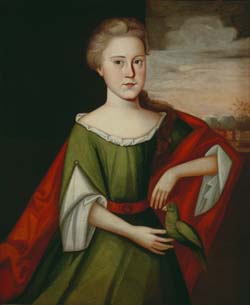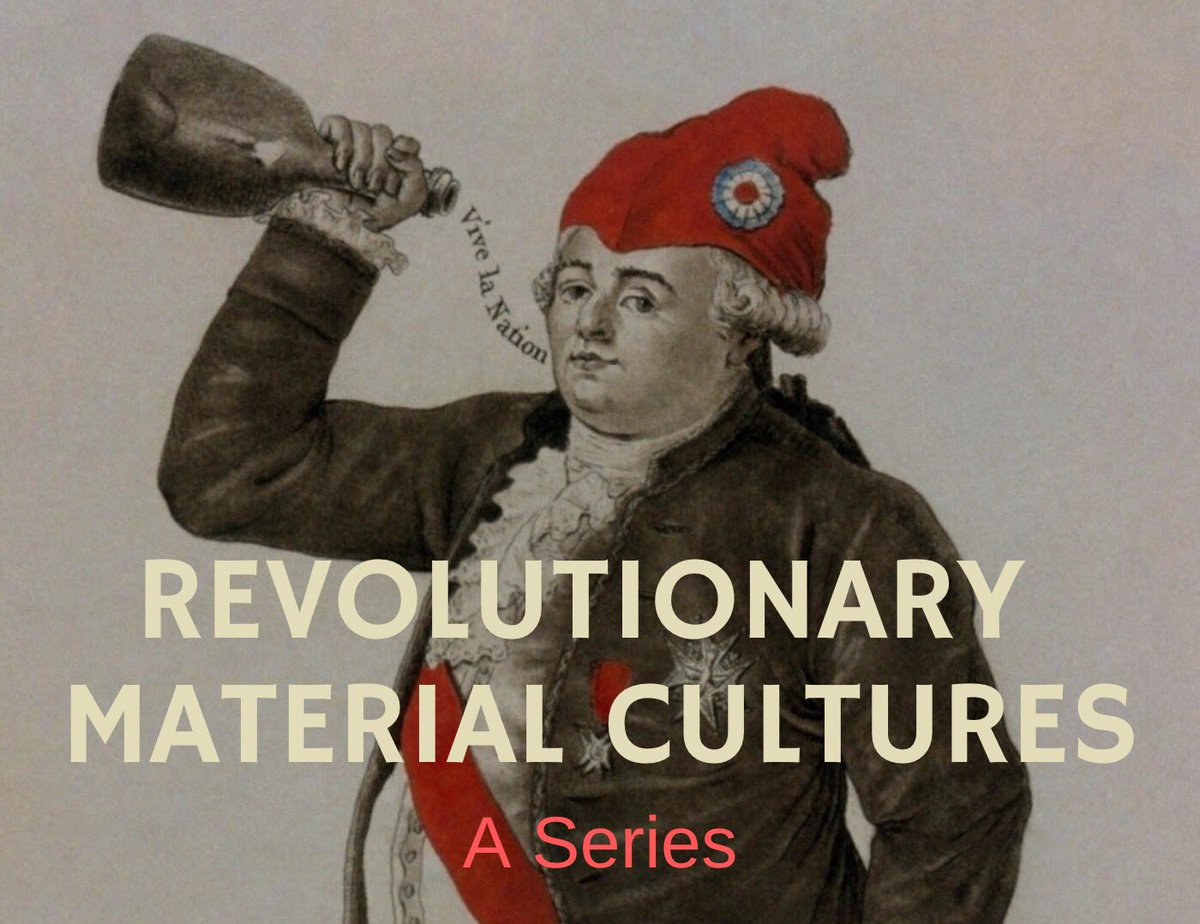This week I got a look at the
Bostonian Society’s new exhibit “Through the Keyhole” and its
attendant short play, “Cato and Dolly.”
The starting-point for both exhibit and play is the door of the Hancock mansion on
Beacon Hill, preserved when that 1737 building was destroyed in 1863. (The land that the mansion sat on is now occupied by a wing of the Massachusetts State House, but its initial replacement consisted of luxury townhouses in the newer taste.)
The Bostonian Society has exhibited the Hancock door in its Old State House Museum off and on over the years, but for the last couple of decades it was in storage. The society partnered with the preservation carpentry department at the North Bennet Street School to conserve the original door and create a setting for it.
(When I first heard about this project online, I got the impression that the school’s students were building a replica of the original door. In fact, they were recreating the original door
way based on measured drawings from 1863. That structure serves as a frame and support for the actual door.)
While that work was going on, the society also went to playwright Patrick Gabridge and director Courtney O’Connor, who had
created the play Blood on the Snow for the
Council Chamber of the Old State House two years ago. Their challenge: produce an interesting drama inspired by the door, incorporating the door—but no one could touch the door! It is, after all, a museum artifact.
Blood on the Snow immerses the audience in the events that took place inside the Old State House on the day after the
Boston Massacre. It takes place in a somewhat sped-up real time without many obvious theatrical artifices.
In contrast, the actors in “Cato and Dolly” address viewers directly, take on different roles by donning and doffing
hats, and portray moments in the title characters’ lives over half a century from the 1760s to the 1810s. The North Bennet Street School’s frame includes lots of bare wood, a carpenters’ choice that also reminds us of the constructed quality of this drama.
The play’s main characters are Cato Hancock, who began working for
Thomas Hancock as an
enslaved child, served his widow
Lydia and nephew
John, and finally returned to the house as a free middle-aged man; and
Dorothy (Quincy) Hancock (Scott), fiancée, wife, and widow of Gov. Hancock. The cast I saw was Stephen Sampson as Cato (as well as
Lafayette,
James Scott, and others) and Becca A. Lewis as Dolly (as well as John and others), but three other people are playing those roles at other performances.
The result is a sort of smaller, earlier, and Bostonian version of
Driving Miss Daisy, exploring America’s historical color line through the lives of an employer and an (at times coerced) employee. While the play discusses such major events as the fight at
Lexington and the ratification of the
U.S. Constitution, it’s most affecting when the drama focuses on the two people in front of us.
Thus, I don’t recall the play ever mentioning the Massachusetts court decisions that made slavery unenforceable in the state, a moment in Hancock’s first stint as governor. But it delves into the difficulties of Cato’s status—Thomas and Lydia Hancock each freed Cato in their wills, but only conditionally, and the opportunities for a
black man remained constricted in the early republic.
Likewise, the “Through the Keyhole” exhibit highlights the theme of how past lives are recorded and recalled, particularly those of people without the access to wealth and power like John Hancock. Paradoxically, it does this through artifacts preserved because they’re associated with John Hancock.
Since the Bostonian Society became the city’s attic during the Colonial Revival, it owns a miscellany of objects and papers once in the mansion on Beacon Hill. Items on display in “Through the Keyhole” include Thomas Hancock’s indenture to a bookseller, the family Bible, and a copper
teapot. And, of course, the front door.
“Through the Keyhole” is part of the Old State House’s exhibits through September at least. Performances of “Cato and Dolly” take place every Monday, Wednesday, and Saturday at 11:00 A.M. and 12:30 and 2:00 P.M., thus offering a chance to sit out the height of the summer sun. Each performance runs about half an hour, and the show is suitable for all ages (though attendees should be prepared for sad moments). A seat at the show is included in museum admission.















